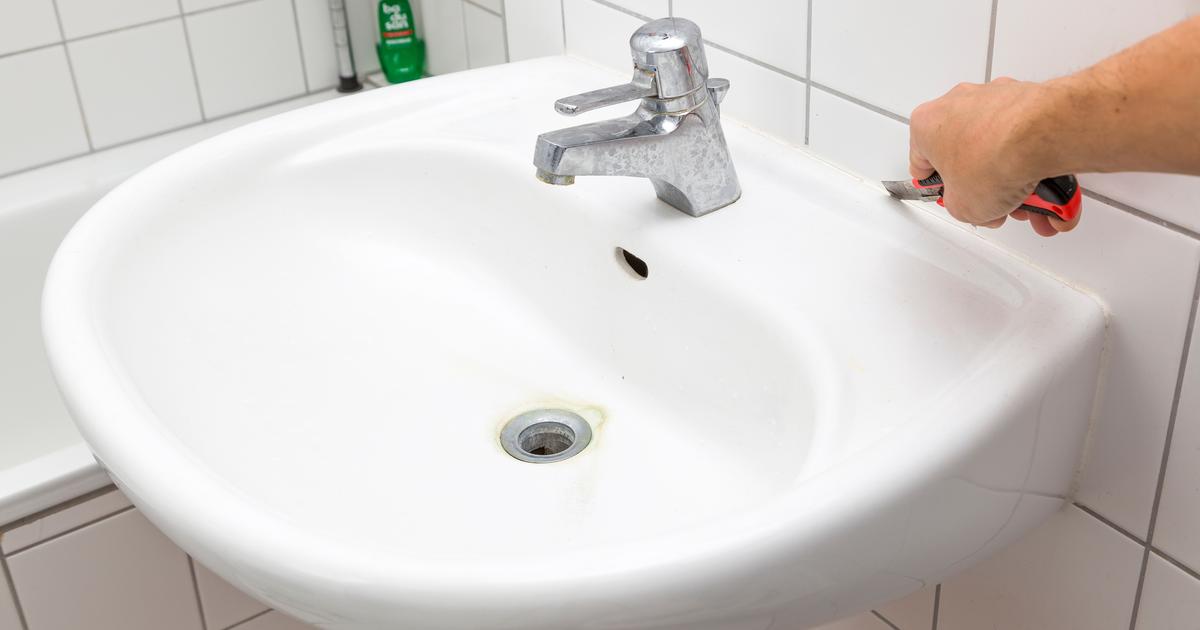Silicone is used as a sealant or for finishes (it allows you to fill a hole in a wall, or a gap in the corners, for example). Whether on clothes, tiles, windows or even on the hands, its elimination requires a certain expertise.
Removing a joint with joint remover paste
To properly remove a silicone seal, using a seal remover paste has many advantages. This solution, available in DIY stores, is specially designed to dissolve silicone without damaging the support, which guarantees the preservation of the treated surface. Additionally, this product is easy to apply and handle, making the grout removal process faster and more efficient.
Thanks to its specific formula, the seal remover paste acts quickly to soften the silicone, thus facilitating its removal. How to proceed ?
Remove most of the silicone seal using a suitable tool (spatula, scraper, cutter, screwdriver).
Apply the joint remover paste to the joint.
Leave to act for the time indicated on the manufacturer's instructions.
Once the time has elapsed, rub vigorously with a cloth or sponge to remove grout residue.
This method allows the seal to be removed quickly and efficiently without damaging the surface.
Remove deposits with white spirit
Although it is generally used for cleaning paintwork, white spirit is also an effective solution for removing deposits from silicone joints.
Before using the product, remember to take a few precautions. Protect yourself by wearing gloves to avoid any contact with the skin and make sure to ventilate the room well to avoid inhaling the toxic vapors emitted by the white spirit. You can also wear a mask.
Then, impregnate a cloth with white spirit to gently dab the grout residue.
After letting the solvent act for a few minutes, wipe away the grout residue with a dry cloth. Also be sure to only apply the product to the silicone seal so as not to damage other surfaces around it. Clean the treated surface with a little lukewarm water and soap or dishwashing liquid.
Use a cutter
Removing old, hardened or moldy silicone gasket may seem difficult, but with the right tools and techniques, it can be done effectively. Here's how to do it using a cutter:
Put on gloves to protect your hands.
Position the cutter blade against the wall without damaging it and move forward slowly to remove the used seal by gently pulling it.
If some pieces resist, scrape lightly with the cutter.
Work in small sections to avoid damaging the surface.
If the silicone is particularly hard, you can soften it using a hair dryer or steam cleaner. Lightly heat the area to be treated to make the material more flexible and easier to remove, but without heating too much so as not to damage the surface or the surrounding paint. Don't have a cutter? A screwdriver might do the trick.
Rub the silicone residue with acetone
How to remove silicone residue from a wall, sink or bathtub? Acetone proves to be a very effective solution, but it should be used with caution. Wear protective gloves when handling the product and ventilate the work room well to avoid inhalation of toxic vapors.
Start by removing the largest part of the gasket using a cutter or a flat screwdriver.
Then, dab the surface with a cloth soaked in acetone to remove any remaining residue. When doing this, pay attention to the location of the silicone seal, as acetone is a powerful product that can soften PVC, glues and other synthetic supports. Moreover, prevent acetone from flowing into your pipes.
Leave to act and rinse thoroughly with warm, soapy water once the silicone has been removed.
If you plan to rework this area, let it dry first.
If you don't have acetone, an alternative may be to use white vinegar or rubbing alcohol, but this may be less effective.
Apply ice cubes
Last method, a little more surprising: use ice cubes to remove the silicone.
In fact, the cold makes the silicone brittle, making it easier to remove.
To do this, simply apply ice cubes directly to the joints to be removed until they become fragile. Once cooled, the silicone can be removed with a cutter, razor blade or spatula. This technique allows rapid and effective cleaning of the surfaces concerned without risk of damage.
By following these five tips, you will be able to remove silicone residue from various surfaces successfully and without difficulty.

